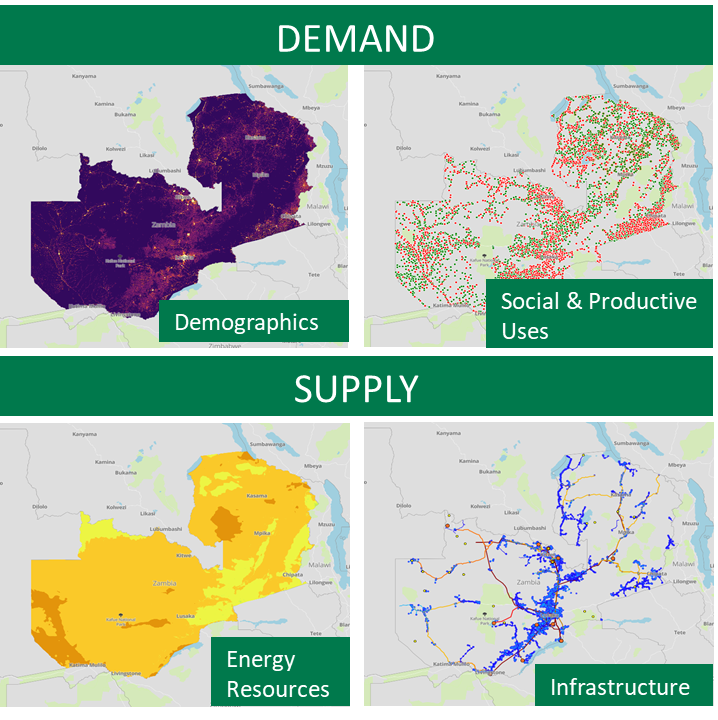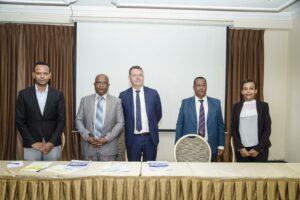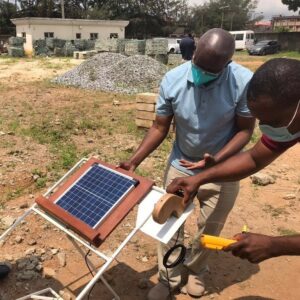Access to reliable data has been a key constraint to development in Africa, affecting all sectors including energy. Yet energy is the cornerstone for socio-economic development and linked with 125 (74%) of the 169 Sustainable Development Goals (SDG) targets. It is unfortunate that energy expansion planning oftentimes relies on limited data. With evolving technology, this should change.
Zambia has a total population of about 18.3 million people, with more than half living with no access to basic energy services. The country mainly relies on hydropower for electricity generation, whose capacity has been affected by frequent droughts. Consequently, the country has been facing load shedding that sometimes lasts up to 20 hours a day. Such power cuts have had a huge impact on the country’s economy and the government has been looking for ways to diversify the national energy mix to achieve universal electrification by 2030. To attain this goal, access to reliable data will be crucial.
It is against this background that the Government of Zambia with support from the Foreign, Commonwealth and Development Office (FCDO) funded Africa Clean Energy Technical Assistance Facility, World Resources Institute (WRI) and other stakeholders, developed the Energy Access Explorer (EAE) an online, open-source, interactive, geospatial platform that enables evidence-based integrated energy planning. The EAE provides data on demographics and additional data on social and productive uses of energy, such as schools, health care facilities, agricultural activities, and other related data to identify high priority areas where energy access can be expanded. During the launch of the EAE platform on 4th October 2021, the Permanent Secretary in the Ministry of Energy, in a speech read on her behalf noted, ‘The EAE could not have been developed at a better time than this when the Government is seeking to diversify the country’s energy mix and encourage the expansion of off-grid renewable energy solutions to increase access to electricity.’
EAE is a powerful tool that government planners can use to make policy decisions and monitor electrification for vulnerable communities. On her part, the FCDO Private Sector Representative, Sally Woolhouse, during the launch event noted that, ‘In Zambia, the vastness of the country and the low population density in many rural areas, makes remote expansion of energy access challenging and costly both for the Government utility and private sector. Implementing a data-driven approach to decision making in expanding energy access, supports the process of developing a stronger enabling environment and increases the delivery of affordable energy solutions to the most vulnerable communities in Zambia.’
EAE data is also accessible to the private sector and investors. As highlighted by Ms. Woolhouse, ‘…renewable energy companies and project developers will be able to make informed decisions on the provision of affordable, clean, and safe energy. More importantly, Zambia held national elections in August 2021 and the new president Hakainde Hichilema has already embarked on economic reforms. This is expected to increase investment in the country’s energy sector.
According to Dimitrios Mentis, Senior Energy Geographer and EAE Lead at WRI, ‘For universal energy access to be realized, we must treat energy demand and supply as equal.’
Besides demand data, EAE includes information on energy supply, such as solar irradiation, wind speeds, bioenergy potential. In addition, the platform maps the power generation, transmission, and distribution network across the country, access to finance service providers, and protected areas. Based on EAE analysis, 81% of Zambia’s populated land area has high solar potential and 6.4 million people can benefit from it.
The EAE can be accessed at https://www.energyaccessexplorer.org/tool/s/. Government officials have been trained to use the platform while more user resources are available on the EAE website. The platform will be managed and updated by a newly established Energy GIS Working Group led by the Ministry of Energy.
It is expected that both public and private sectors will use EAE for identifying new areas and markets where energy access should be prioritized for achieving socio-economic development and to ensure that no one is left behind in the journey towards universal energy access.










